Best tours in Seville by bike in one day
Seville is an ideal city for cycling routes. Bicycle tours are increasingly popular and have become one of the main attractions of the Andalusian capital. Guided tours allow you to get to know the most important places of interest in Seville in just two or three hours. The routes are hardly difficult as the city is basically flat. Extensive network of bike lanes Seville has a lane for bicycles of about 180 kilometers by urban road. To these must be added more than a hundred kilometers that are spread across the metropolitan area. Hundreds of paths that make Seville one of the cities with the longest bike lane in Europe. The circuit completely surrounds the old part of the city. In just 20-30 minutes you can reach the most distant places of interest, from the Macarena neighborhood in the north, to the Plaza de España in the south. The route avoids going through the conglomeration of narrow and cobbled streets found in the old area, the so-called “almond” by the Sevillians. Sevici Locals were initially somewhat reluctant about the rapid expansion of bike mobility, although they soon understood that it was one of the best options for reducing noise and pollution in the city. For this reason, the local government in 2007 promoted the development of a public bicycle rental system that, since then, has been very popular. It’s operated by the JCDecaux company. The annual rental voucher for Sevici’s bikes costs around 35 euros per year, while the rent for a week amounts to around 14 euros. It’s therefore a service to the citizen, rather than a bicycle rental for those who visit the city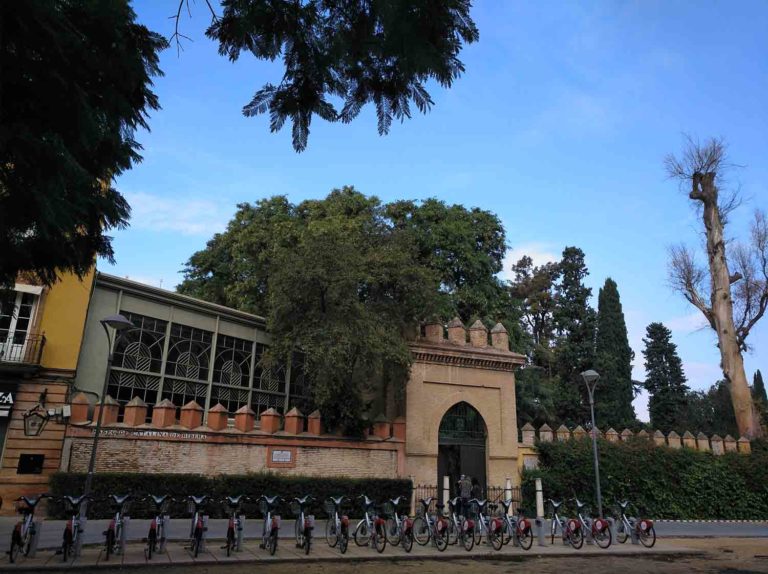
Tourists have numerous bike rental shops. You can book directly on their websites or through
Macarena Tours Seville to also hire a local
guide. They offer routes in Spanish, English, French, Portuguese, German, Italian, Dutch, Chinese
and many other languages.
Every day more Sevillians of all ages are opting for this form of transport thanks to this initiative.
Today the use of bicycles is not reduced by any means to sports and tours by bike, but rather a
common image of the city.
Routes through natural environments
One of the most interesting routes is around the ‘Isla de la Cartuja’ – Island of the Carthusians.
Scene of the Universal Exposition of Seville in 1992, to the northwest of the city, today it presents
some of its old pavilions.
It still preserves part of its botanical gardens, with native species from all continents, so the circuit
is a little trip around the world. Some exotic animals are now everywhere, such as the colorful
Rose-ringed parakeet. The nearby Guadalquivir River also allows for other bird watching.
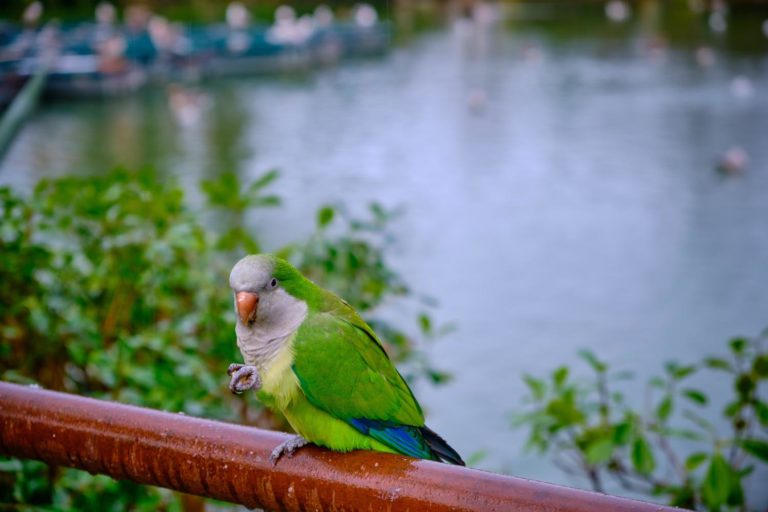
Rose-ringed parakeet – PHOTO Pere Jurado
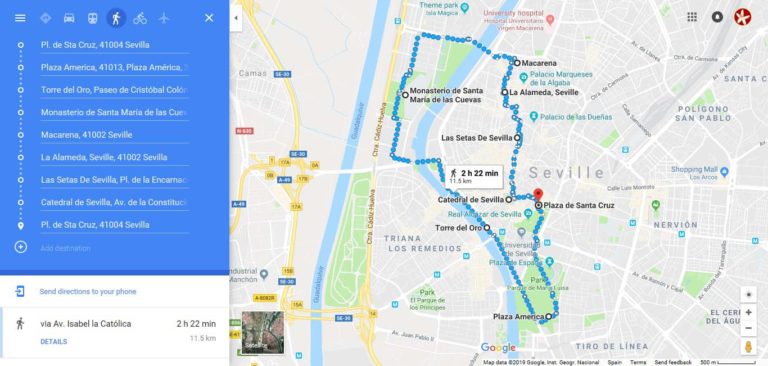
3 hour tour proposal by Macarena Tours Seville
The wonderful María Luisa park is located in the south of Seville. It’s a landscaped complex of
about 400 hectares with native trees and species from the American continent, as another
international exhibition was held there, the Ibero-American Exposition of 1929.
It’s a perfectly equipped walking area, just 20 minutes from the city center, where you can also rent
four-wheel pedal vehicles, ideal for a family or group of friends outing.
The main attraction is undoubtedly the old Spanish pavilion, which gives its name to the current
Plaza de España. For many, the most beautiful place in the city, and one of the most beautiful
squares in the world!
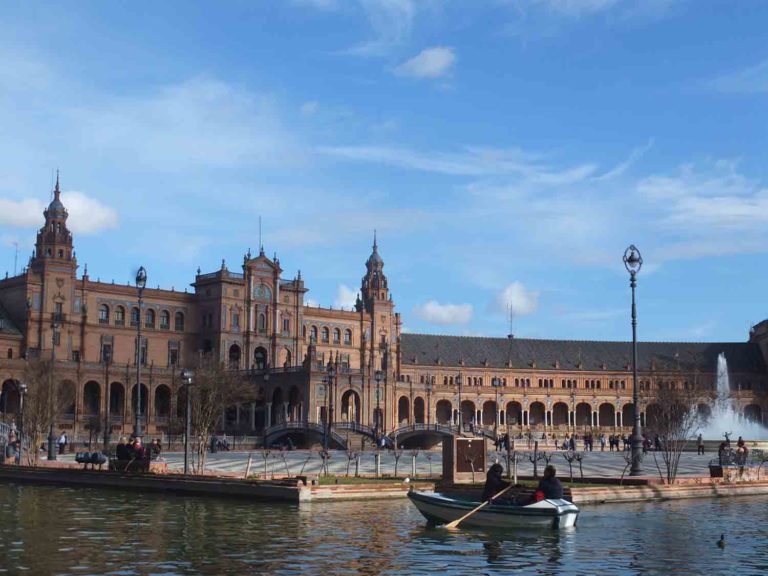
Plaza de España, in María Luisa park, Seville
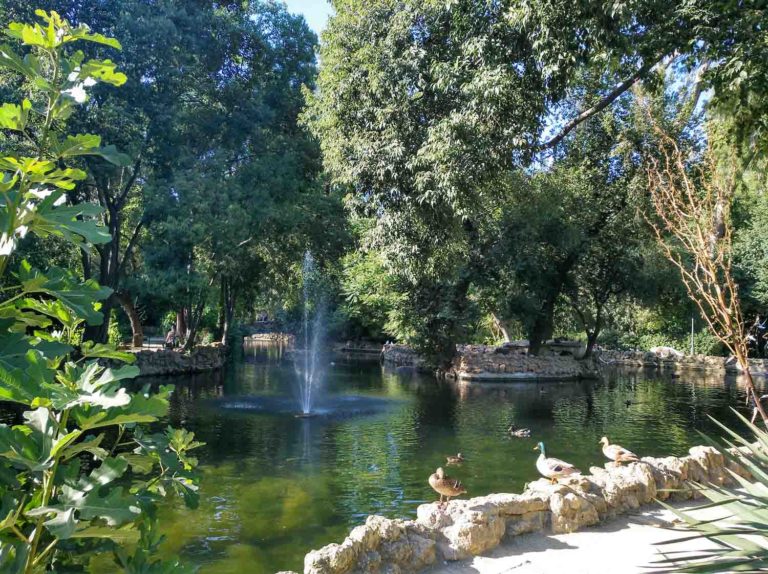
Pond with ducks and swans in the middle of Maria Luisa gardens
